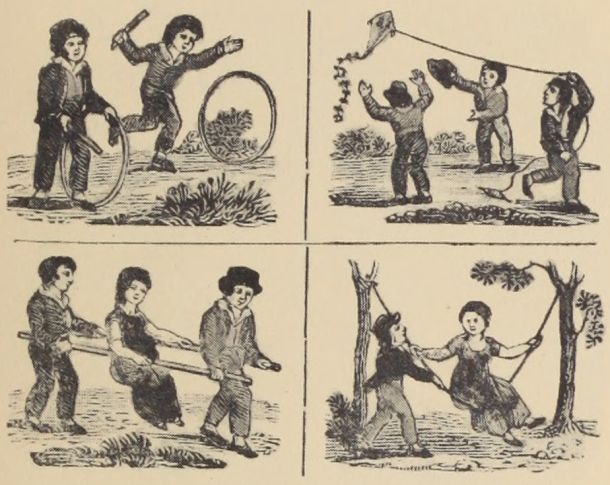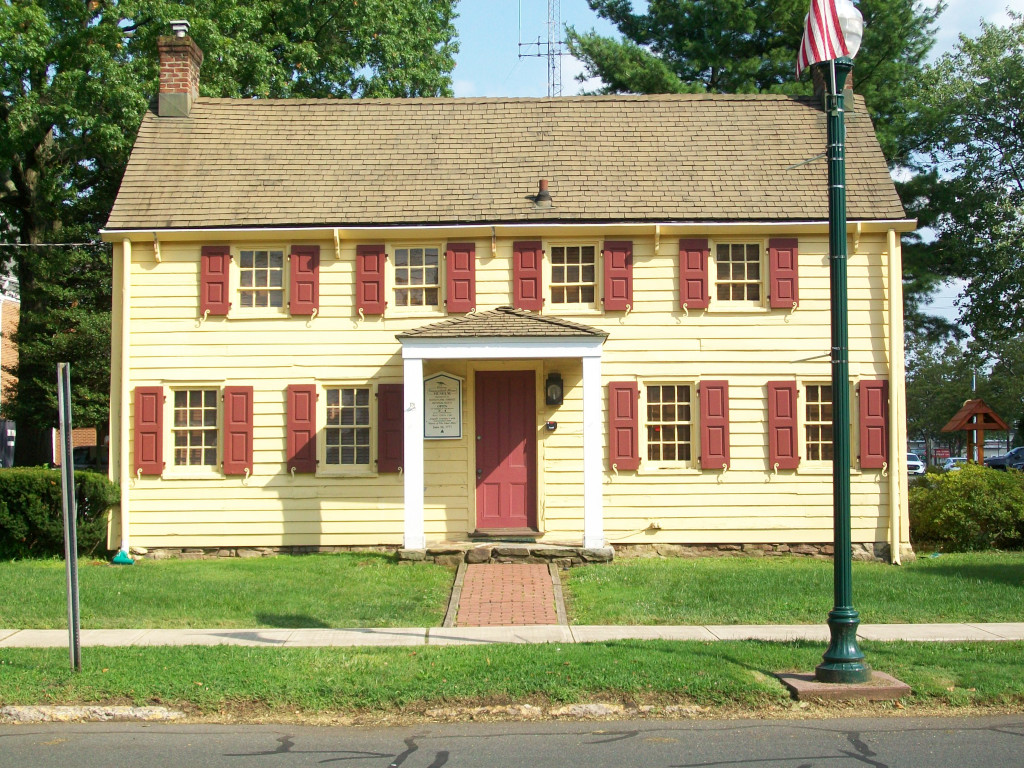


The 18th Century Child at Work & Play
On Saturday, October 15th from noon to 5pm and Sunday, October 16th from noon to 5pm, come visit the Osborn Cannonball House Museum, located at 1840 Front Street, Scotch Plains, NJ. Step back in time to experience the simple joys of childhood. Costumed docents will provide hands-on activities, including quoits (ring toss) and 9-pin bowling. Make a colonial hat and wear it as you stand next to our colonial children cut-out boards for an amazing photo-op!
For questions email
Imagine waking up each morning shortly after sunrise. In the winter, there might be a thin layer of ice on the water in the pitcher you would use for washing up. In the summer, you sweated while the mosquitoes bit and the flies buzzed in your bedroom. Life in colonial days was vastly different than life in the 21st century.
In each family children were expected to do chores. Boys worked with their father to plant, water, and harvest crops. They helped raise livestock and hunt wild animals to feed the family. They chopped wood, built fences, and some even went to school. However, many children did not attend school because there was no free public school like we have today. The girls helped their mother do all the cooking, cleaning, washing, gardening, child care, and sewing to make clothes for their large families.
Children of long ago had fun despite their many chores. They always found time to play. Most of the toys were simple and a good imagination made playtime the most enjoyable time of each day. Boys played with spinning tops, jacks, or clay marbles. They made whistles out of blades of grass and made boats out of sticks and leaves. Girls played with corn husk, handkerchief, or wooden dolls. They made bracelets and necklaces out of dandelions and daisies. Both boys and girls had fun running while spinning a large wooden hoop with a stick. Some of the most popular toys were ball in a cup, Jacob’s ladder, spinners, quoits (ring toss), and draughts (checkers).
